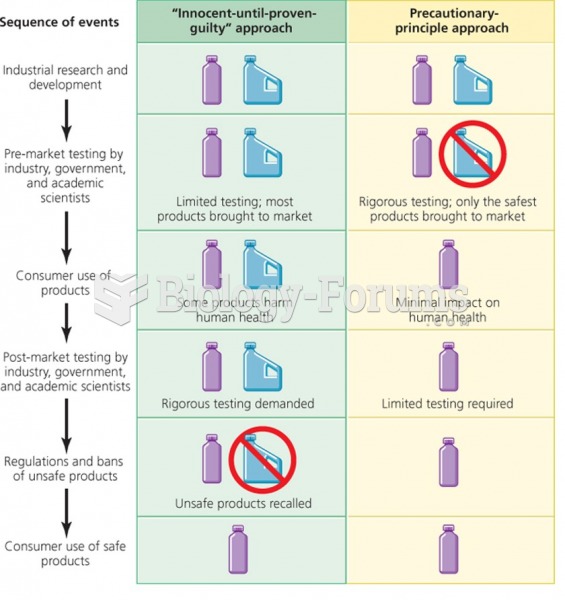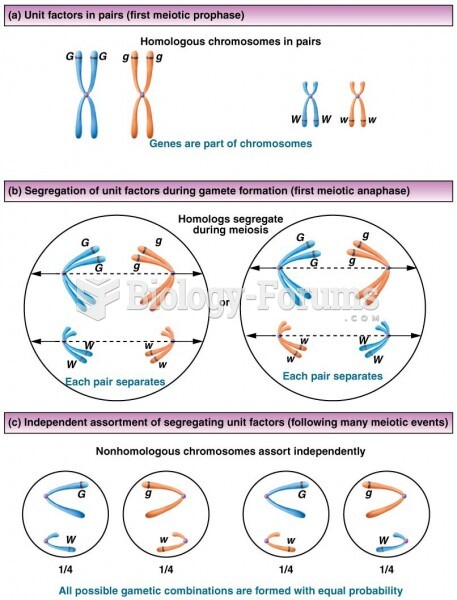Answer to Question 1
ANS: A, D, E, F
Use of the Pearson product-moment correlation assumes that the variables are at the interval or ratio level of measurement. In this example, they would be only the four: age, score on the STAI, years of education, and temperature. Nominal level of measurement is the lowest of the four measurement levels or categories. It is used when data can be organized into categories of a defined property but the categories cannot be ordered. In interval level of measurement, distances between intervals of the scale are numerically equal. However, it is not possible to provide the absolute amount of the attribute because of the absence of a zero point that actually means none of the measured quantity, on the interval scale. Ratio level of measurement is the highest form of measure and meets all the rules of the lower forms of measures: mutually exclusive categories, exhaustive categories, rank ordering, equal spacing between intervals, and a continuum of values. In addition, ratio-level measures have absolute zero points.
Answer to Question 2
ANS: C, D
The Pearson product-moment correlation coefficient is conducted to determine the relationship between two variables measured at least at the interval level of measurement. Nominal level of measurement is the lowest of the four measurement levels or categories. It is used when data can be organized into categories of a defined property but the categories cannot be ordered. In interval level of measurement, distances between intervals of the scale are numerically equal. However, it is not possible to provide the absolute amount of the attribute because of the absence of a zero point that actually means none of the measured quantity, on the interval scale. Ratio level of measurement is the highest form of measure and meets all the rules of the lower forms of measures: mutually exclusive categories, exhaustive categories, rank ordering, equal spacing between intervals, and a continuum of values. In addition, ratio-level measures have absolute zero points.







